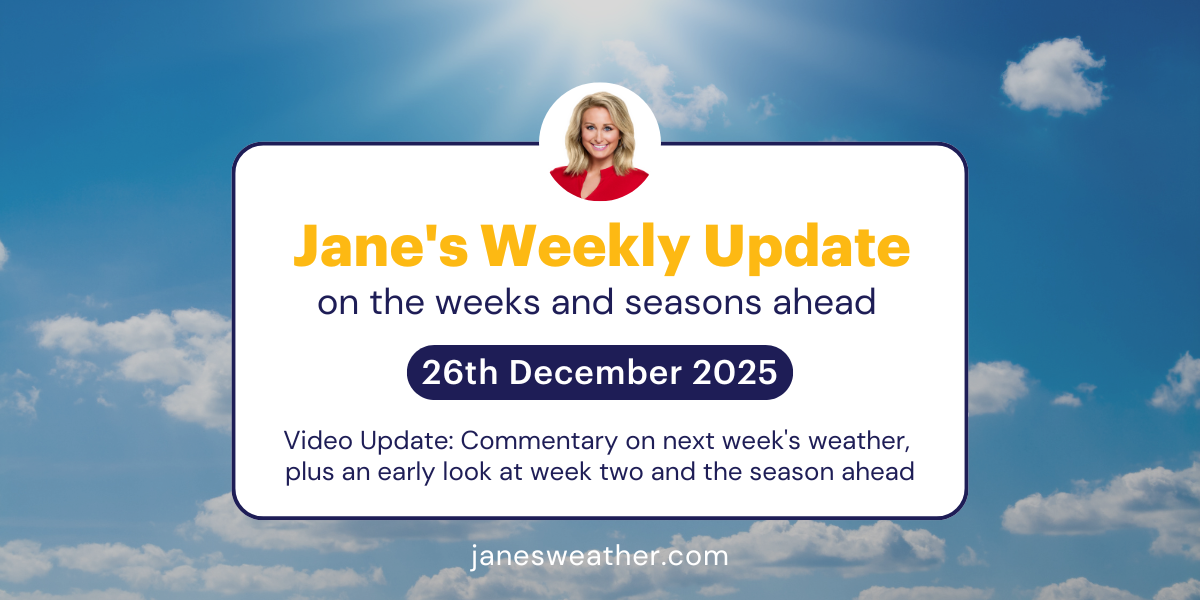I'm paying particular attention to the pressure map this morning, because there is something important going on.
High pressure has moved north for the winter - the centre is over the Carnarvon to Alice Springs to Brisbane type latitude - and this positioning lets all the Southern Ocean cold fronts hit southern Australia.
Some peak nearby and bring a decent rainfall, others slide and bring just a little. Some have a feed of tropical moisture and deliver big widespread rain.

Over the next week, we'll have front after front cross some part of the south - and there is no end in sight to this weather pattern.
There is an anomaly - next Monday/Tuesday - a cold pool moves over SA and western NSW delivering a nice 5-10mm. Not huge, but nice.

Early indicators for the following week (beginning July 22) show the potential for Indian Ocean moisture to sweep down across the country - in the form of a 'juicy northwest cloudband'. If this connects with one of the fronts (or a trough or low) it will do very nice things for those in its path. One to watch.
.gif)
This tropical connection is helped by a driver known as the MJO - which may be nice enough to do a 'drive by' (cross the green zone) during mid July.

Finally, I can't not show the global SSTA map - how much warmer or cooler the top of the ocean is.
The blue in the Indian Ocean box continues to grow and that continues to make me smile, as I'm sure it does for you.
This is the instigator of more 'juicy northwest cloudbands', and the potential for widespread rain. It also helps the highs move out of the way, something we were cursed with last year that stopped the rain and produced the drought.

Don't miss the full update where I walk you through each of these graphs and more - perfect if you have precisely 16 minutes to spare!
In this series I'll take you through the drivers of our weather, highlighting any changes over time and things to watch out for (generally every Friday). It covers weather elements like temperature and rainfall, and how they are driven by moisture from the Pacific and Indian Oceans, as well as bursts of energy from low pressure (SAM and MJO).
See and hear my commentary as I take you through the weather pattern's effects on our rain and temperatures in detail over the next week, with a brief look at week 2 and beyond as well.
Plus what is driving our weather in the weeks and months ahead, with the latest on El Nino/La Nina, the Indian Ocean Dipole (IOD), the Southern Annular Mode (SAM controls our weather systems), and the Madden Julian Oscillation (MJO connects tropical moisture to our weather systems).
I update this commentary each week, generally on Friday's. Make sure you are signed up (free or a subscription) so you don't miss an update.
Stay up to date with the forecast specifically for your area in our hour by hour outlook for the next 10 days. Download our app for iPhone and Android.
As always, you can see each of these graphics as soon as they update, as well as more information about them under our Rain Outlook and Seasonal Outlook pages within Jane's Update, along with our Snow Forecast in the snow season.

For further insights specifically for agriculture, to improve the utilisation of your resources, tailored to any Australian location, please upgrade your membership. You can take advantage of our free 30 day trial.
Upgrade to see full insights to help plan the best use for your resources:
- frost risk
- spraying conditions
- evapotranspiration to efficiently manage available water for crops
- growing degree days to monitor growth
- full ten day hour by hour outlooks, all variables, and all model data
- customised alert notifications
.png)

.png)
.png)